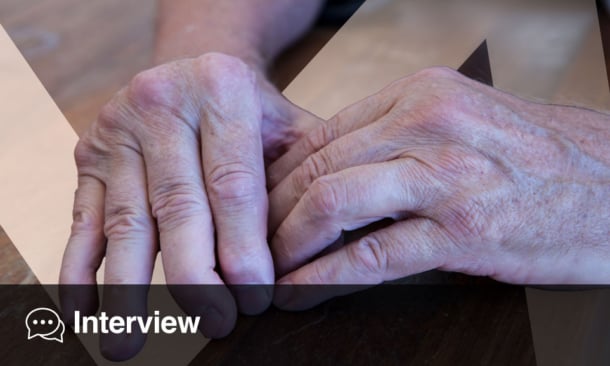BACKGROUND AND AIMS
In individuals who are anti-citrullinated peptide positive (anti-CCP+) at risk of developing rheumatoid arthritis (RA), ultrasound (US)-detectable subclinical synovitis is a key preclinical marker of imminent disease progression. One study found that 77.3% of progressors exhibited subclinical synovitis before clinical onset, with a median lead time of 26.5 weeks, supporting its role as the critical ‘second hit’ transitioning systemic autoimmunity to joint inflammation.1,2 Immune cell perturbations that predict progression to RA have been previously described,3 however, immunogenomic profiles of imminent progression to RA remain to be elucidated. Therefore, in this study, the authors characterised the unique immune cell phenotypes and their corresponding gene expression profiles in individuals who are high-risk anti-CCP⁺, both with and without subclinical synovitis, using single-cell RNA sequencing.
METHODS
Individuals who were high-risk and anti-CCP+ (n=40), with arthralgia, early morning stiffness >30 mins, and CCP >300 U/mL were selected from the prospective Leeds CCP cohort. Of these, 22/40 progressed to RA within 6 months of baseline visit and 18 did not progress at 2-year follow-up. Progressors were separated into those with subclinical synovitis on ultrasound (US+ve) at baseline visit (n=11) and those without subclinical synovitis on ultrasound (US-ve; n=11). Single-cell RNA sequencing was performed on baseline peripheral blood immune cells collected to assess immune cell composition and gene expression profiles. Cell clusters were identified using Seurat v5 (Satija Lab, New York, USA), with highly variable genes selected for principal component analysis and clustering via the Leiden algorithm. UMAP was then applied for dimensionality reduction and visualisation. Clusters were mapped to the COMBAT reference to classify immune cell subsets and refined using Seurat’s FindAllMarkers function to define marker genes. Differential expression analysis was performed using DESeq2 on pseudobulk data to uncover condition-specific transcriptomic signatures.
RESULTS
Using unsupervised Leiden clustering at resolution 1, 31 distinct cell subsets of innate and adaptive immune cells were identified. Among these, four subsets displayed significant proportional differences across the three patient groups (US+ve progressors, US-ve progressors, and non-progressors). Circulating classical monocytes (CD14+CD16-) were significantly elevated in US-ve progressors compared to US+ve progressors (p=0.034). The US+ve progressors exhibited significantly higher proportions of CD8+ TEMRA (GZMB+PRF1+CCR7-) cells (p=0.039), including a distinct CMC1+ TEMRA (0.047) population. Non-progressors showed significantly higher proportions of memory B cells compared to US-ve progressors (0.049). Differential gene expression analysis among the 31 immune cell subsets revealed that US-ve progressors had significant upregulation of Type I interferon (IFN) stimulated genes MX1, ISG15, IFI6, IFI44L, and IFIT3 in classical monocytes compared with non-progressors. Similarly, the CD56dimCD16hi NK cell subset in US-ve progressors showed significant upregulation of MX1 compared with non-progressors. Comparisons between US-ve progressors, and both US+ve progressors and non-progressors, revealed no significant differences in cellular proportions as well as gene expression in all other cell subsets.4
CONCLUSION
Individuals who are anti-CCP+ and at risk of imminent progression to RA exhibit a unique innate immune cell profile, characterised by a marked increase in Type I IFN-stimulated gene expression prior to US-detectable subclinical synovitis. Following the onset of joint involvement, the Type I IFN signature diminishes, while there is a significant increase in peripheral proportions of TEMRA CD8⁺ T cells.







